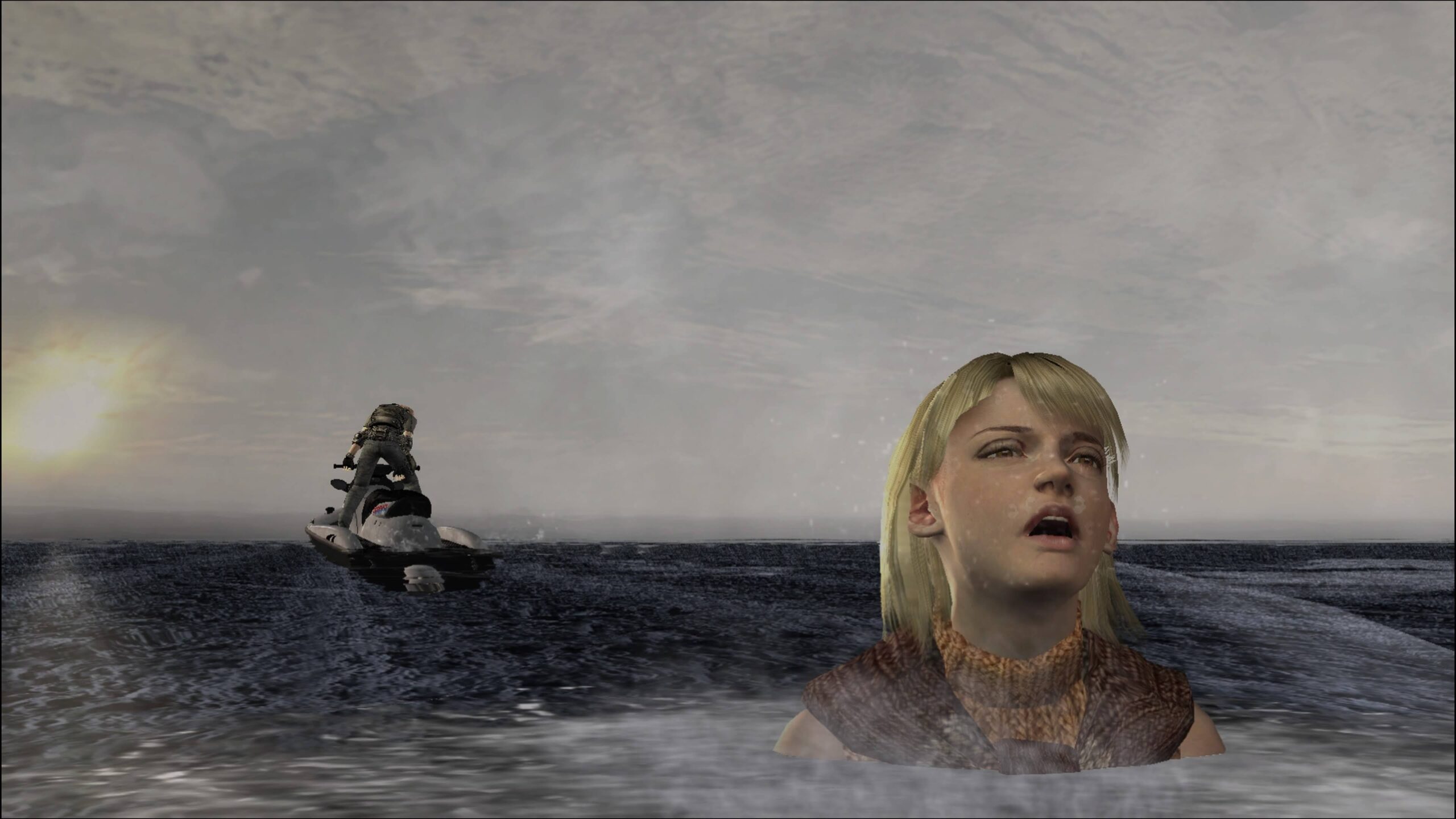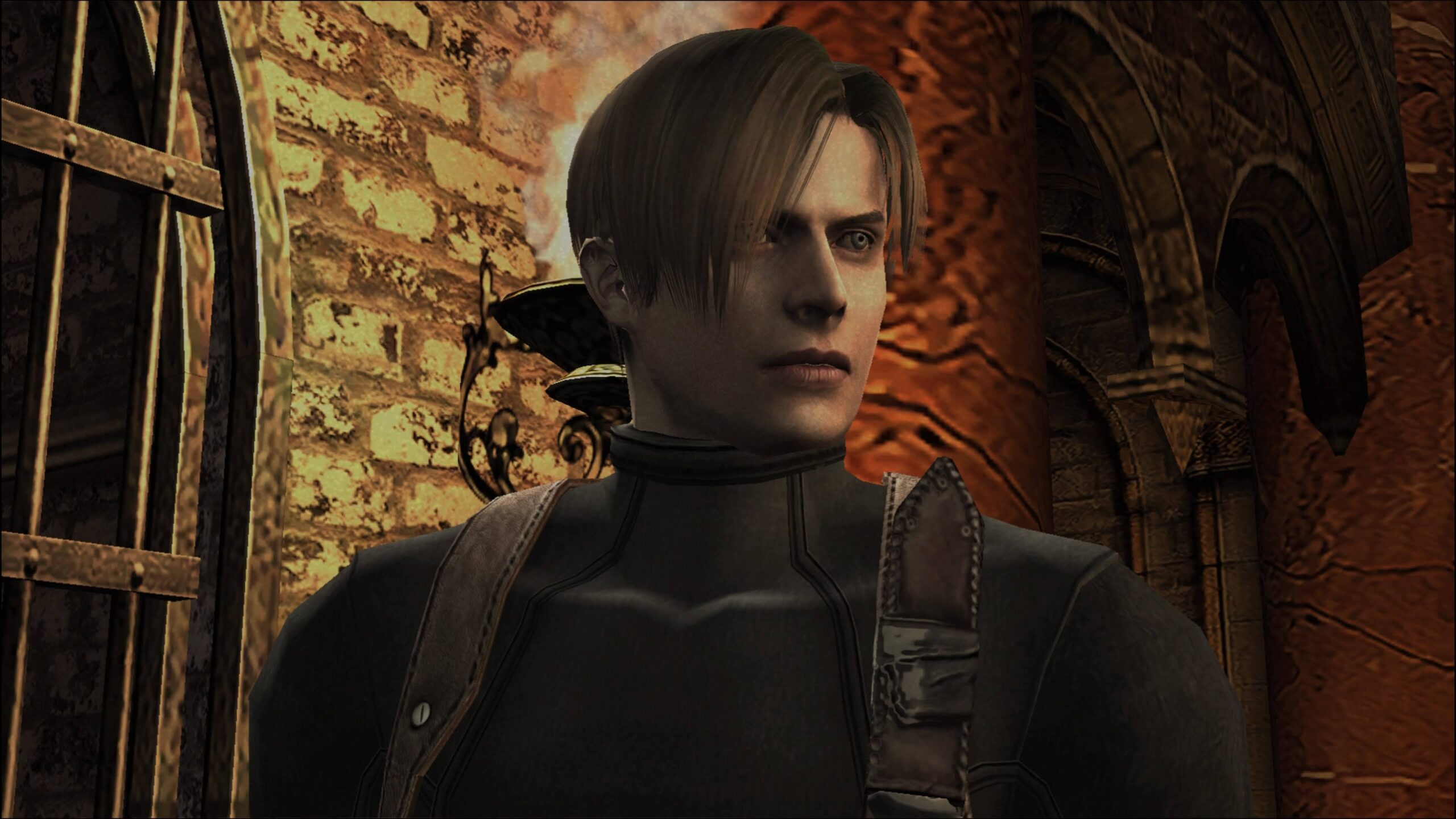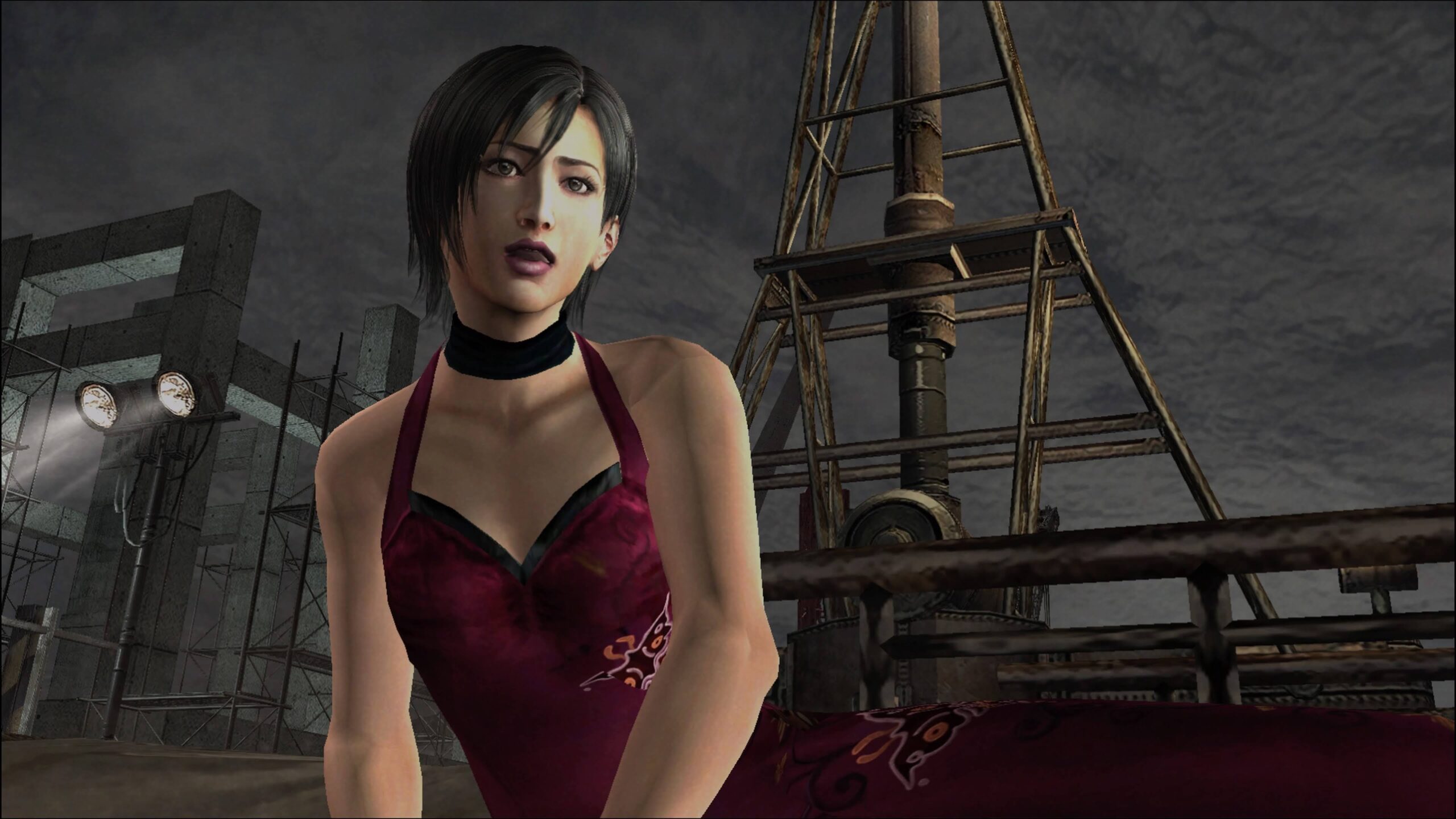Tag: Horror
-
Thoughts on Friday the 13th part 2
Apart from being an entertaining and very 80’s killing spree around the cursed area surrounding Camp Crystal Lake, I thought this was a really well made, and clever horror film.
-
Watching Friday the 13th part 2 Loved the first film but have never got round to watching the others. It’s about time I remedied that.
-
Watching Suspiria 2018 remake I am in love with the original Suspiria. Hoping for a different take in the remake.
-
Watching Ratched S01E01 — Pilot
-
The New York Ripper — My Thoughts
The New York Ripper has been one of the most challenging films I’ve watched in recent times. It’s violence and sexuality are off the charts.
-
-
Thoughts on Phenomena
Dario Argento’s Phenomena is yet another example of a masterclass in horror cinema.
-
Watching Phenomena
Initial thoughts What a fucking incredible film. From start to finish I was gripped. Jennifer Connelly is great; Dario Argento is at the top of his game; and Donald Pleasance was a joy to watch as always. The film was violent, creative and awe-inspiring in equal measure. And that ending. That vile ending that just…
-
Welcome to Hanwell — first impressions
I picked up Welcome to Hanwell for a few quid in a recent PlayStation Store sale. On first playing it has a good creep factor. Waking up in a morgue and taking your first steps in the dark, dank blood-splattered underground is a great introduction to any horror game. The opening had me walking through…
-
-
-



